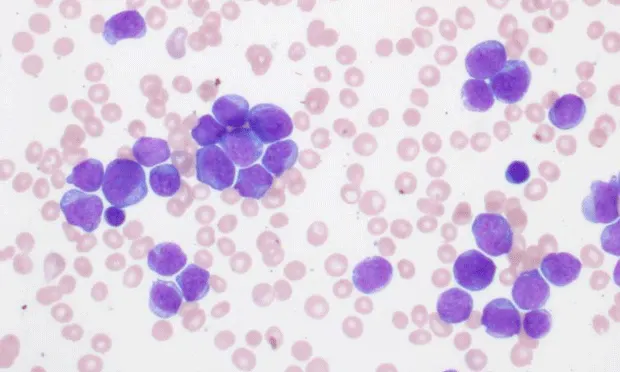Acute Lymphoblastic Leukemia

Acute lymphoblastic leukemia (ALL) is a lymphoid malignancy that affects dogs of all ages and of either sex; large-breed dogs may be overrepresented. ALL primarily involves bone marrow, which is hypercellular and usually replaced by an overabundance of lymphoblasts. Anatomic distribution of malignant cells, not cellular morphology, generally differentiates ALL from stage V lymphoma. Thrombocytopenia and anemia are frequently seen, and the neutropenia that often signals severe infiltration of the marrow may be present in more than three quarters of dogs with ALL.1
Dogs with lymphocytosis and positive staining for CD-34 in the tumor cells have an extremely poor prognosis; median survival has been reported as 16 days.2 In a study of dogs with CD-8 positive (T-cell) lymphoid leukemias, the median survival was 131 days if lymphocyte count was greater than 30,000, compared with a median survival of 1068 days in dogs with counts less than 30,000. Dogs with B-cell leukemia had a median survival of 129 days if cells were “large,” compared with more than 1000 days if cells were “small.”2 In this slide, nearly all lymphoid cells are “large” with prominent nucleoli; platelets are not seen, and normal leukocytes are rare.
ACUTE LYMPHOBLASTIC LEUKEMIA • Antony S. Moore
References
1. Hematologic abnormalities and flow cytometric immunophenotyping results in dogs with hematopoietic neoplasia: 210 cases (2002–2006). Tasca S, Carli E, Caldin M, et al. Vet Clin Pathol 38:2-12, 2009.2. Canine lymphoproliferative disease characterized by lymphocytosis: Immunophenotypic markers of prognosis. Williams MJ, Avery AC, Lana SE, et al. J Vet Int Med 22:596-601, 2008.